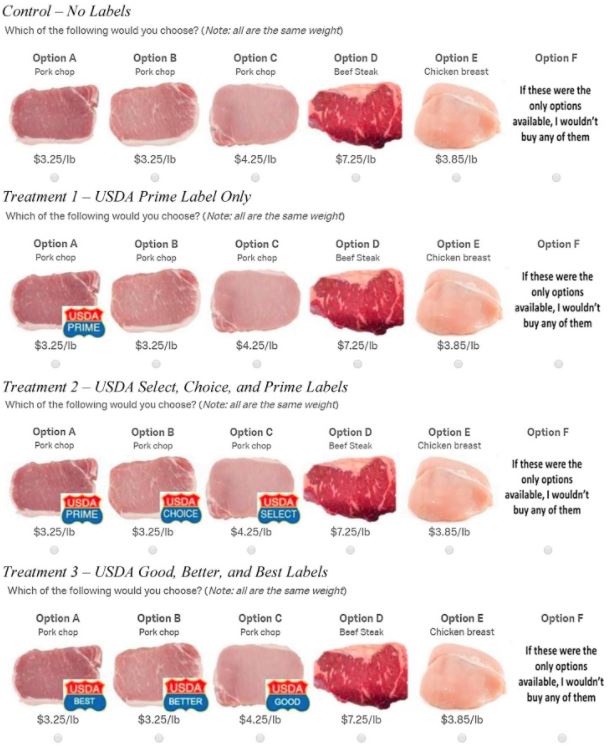It was probably about a year ago I started hearing some rumblings about blockchain technology be of use in tracking agricultural products. I was familiar with bitcoin so I had a vague sense of how the technology could be used in a traceability system. But, until a few months ago, it wasn't so obvious to me how it could also be used to increase transparency and even help with contract fulfillment.
Fortunately, the latest issue of Meatingplace Magazine has a great article by Julie Larson Bricher that provides an easy to read primer on blockchain technology - what it is and how it's starting to be used in the food industry.
Here's one excerpt:
“So, what is blockchain? It’s a type of digital distributed leger, or shared database, in which transactions from multiple computers are security recorded into “blocks” of verified data entries in real time. These time-stamped blocks of data are linked together in a sequential chain, which means that the leger cannot be modified or changed.
The distinctive feature of the blockchain is its assurance of data integrity, which makes the records trustworthy – and this is what makes it so attractive to food supply chain companies. In a blockchain, the data can be trusted because all members in a network must agree to each new record is added to the ledger …”
Numerous examples of the blockchain being tested in the food supply chain are given, including Cargill's traceable turkeys (where people could text or enter an on-package code to "access the farm's location ..., view the family farm story, see photos and read a message from the farmer." Other firms mentioned as testing the technology include Tyson, Walmart, IBM, and Carrefour.
To imagine how the technology might ultimately influence the industry, the piece included the following graphic that showed the types of information that could be included in a blockchain for poultry.
I'll end with this final quote on how blockchain could facilitate contracts:
“Blockchain also enables the use of “smart contracts,’ which means that previously agreed terms, conditions or business protocols are built into the digital ledger and automatically triggered and enforced as the terms of agreement are met... By programming contract conditions and terms into the blockchain, contracts are executed by the system itself and not middlemen, which translates into time- and cost-saving business transaction efficiencies.”
It will be interesting to see how this technology transforms the food supply chain and what information we consumers may have one day simply by scanning a bar code at the grocery store.




